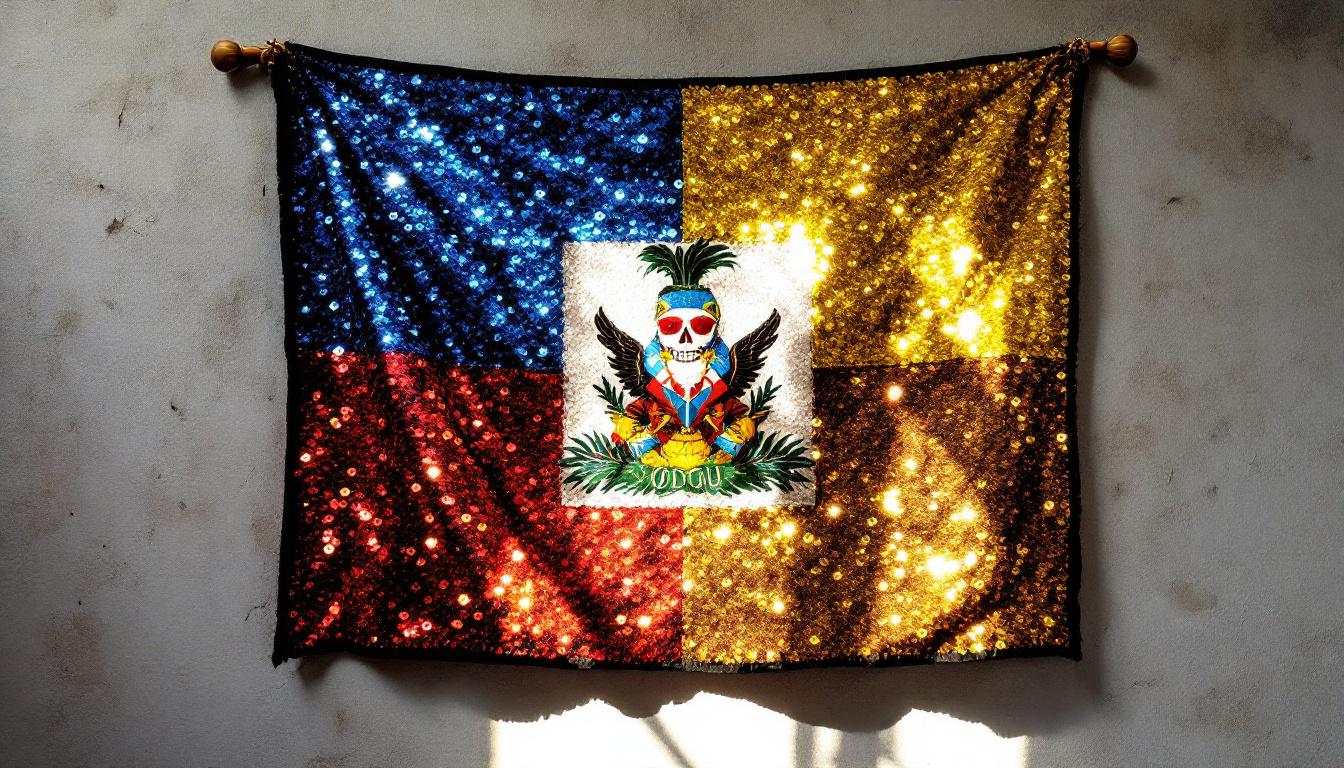Port-au-Prince: Haiti’s Resilient Art Capital Where Spiritual Heritage Meets Creative Rebellion
A vibrant phoenix rising from historical ashes
In the heart of Haiti’s Ouest Department, Port-au-Prince pulses with an artistic energy that defies expectations. This Caribbean capital, often overshadowed by headlines of political turmoil and natural disasters, harbors one of the most dynamic art scenes in the Western Hemisphere—where creativity isn’t just aesthetic but a powerful form of resistance and spiritual expression.
“Our art isn’t separate from life—it’s how we process our history, celebrate our spirits, and imagine our future,” explains Marie-Claude Jean-Baptiste, a local gallery owner whose space showcases emerging artists alongside established masters.
The revolutionary sculptors of Grand Rue
Perhaps nowhere embodies Port-au-Prince’s artistic spirit more authentically than the Grand Rue neighborhood, home to the groundbreaking collective Atis Rezistans. Here, sculptors transform discarded metals, car parts, and everyday objects into powerful works that blend Vodou symbolism with social commentary. Their creations—often towering, intricate, and hauntingly beautiful—speak to Haiti’s complex relationship with spirituality, poverty, and resistance.
Drapo Vodou: where sequins tell sacred stories
The city’s artists have elevated the traditional Vodou flag (drapo) into high art. Led by pioneers like Myrlande Constant, these meticulous beaded textiles shimmer with imagery of lwas (spirits) and historical narratives. Each flag can contain over 20,000 sequins and beads, requiring months of patient craftsmanship while serving as both spiritual objects and artistic masterpieces that command gallery walls worldwide.
“When I create a flag, I’m communicating with my ancestors. Each sequin is a prayer, each color a different energy,” shares Constant, whose work has been exhibited in major museums globally.
Le Centre d’Art: the phoenix that rose twice
Founded in 1944, Le Centre d’Art played a pivotal role in launching Haitian art onto the international stage. After being devastated by the 2010 earthquake, it reopened in 2014, symbolizing the resilience that defines Port-au-Prince. Today, it serves as gallery, museum, and educational space where artistic traditions are preserved while new voices emerge.
The Ghetto Biennale: turning limitations into creative gold
Since 2009, this grassroots art festival has invited international artists to collaborate with local creators in Port-au-Prince’s vibrant neighborhoods. Unable to travel abroad due to visa restrictions, Haitian artists instead transformed their city into a global art destination where cultural exchange happens on their terms—challenging traditional art world hierarchies.
Gingerbread houses: architectural poetry in peril
Port-au-Prince’s artistic spirit extends to its architecture, particularly the ornate “gingerbread houses” with their intricate woodwork and pastel facades. These late 19th and early 20th-century mansions represent a uniquely Haitian interpretation of Victorian and French architectural styles, though many now stand in various states of elegant decay, fighting for preservation in a city constantly rebuilding itself.
“These houses tell our story of independence and sophistication. Each carved detail represents our ancestors’ dreams,” notes architectural historian Pierre Fouchard.
Street art as public memory
Murals burst across Port-au-Prince’s walls, transforming public spaces into open-air galleries. Unlike the commodified street art of many global cities, these works often honor Haitian historical figures, commemorate earthquake victims, or visualize Vodou cosmology. For visitors, these murals provide a vibrant introduction to Haitian cultural narratives often absent from mainstream accounts.
Finding spiritual power in recycled materials
The ingenious repurposing of materials reflects both economic necessity and profound environmental awareness among Port-au-Prince’s artists. Discarded oil drums become intricate metal sculptures, plastic bottles transform into installation art, and salvaged wood finds new life as carved masks. This aesthetic of creative recycling has influenced contemporary art globally while remaining deeply rooted in Haitian spiritual traditions.
Where to experience Port-au-Prince’s art scene
Beyond Le Centre d’Art, visitors should explore Nader Gallery, which houses one of the most comprehensive collections of Haitian art spanning multiple generations. For contemporary work, PotoPromenades in Pétion-Ville showcases emerging talents. The Iron Market (Marché en Fer) offers affordable folk art and crafts directly from artisans, while scheduled studio visits to Grand Rue provide immersive insight into artists’ processes.
Port-au-Prince’s art scene embodies the paradox at Haiti’s heart—a place of tremendous challenges that continues to produce some of the most vibrant, spiritually charged art in the Americas. For travelers willing to look beyond headlines, the city offers an unparalleled window into how creativity flourishes against all odds, transforming struggle into transcendent beauty.
